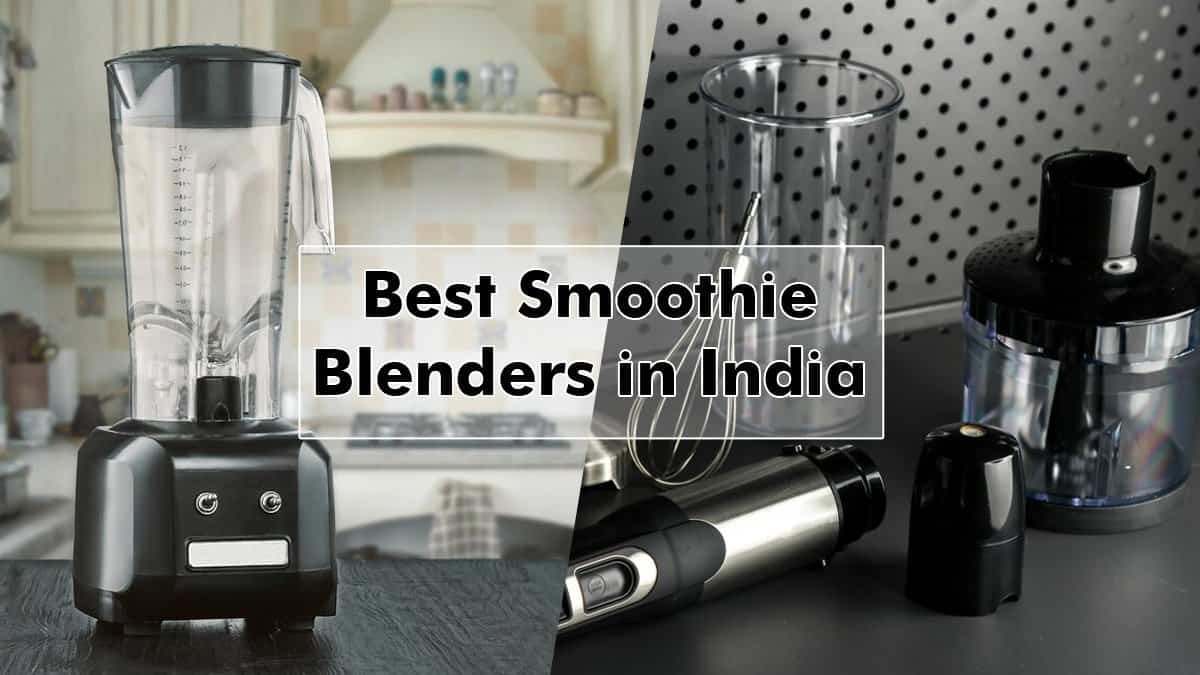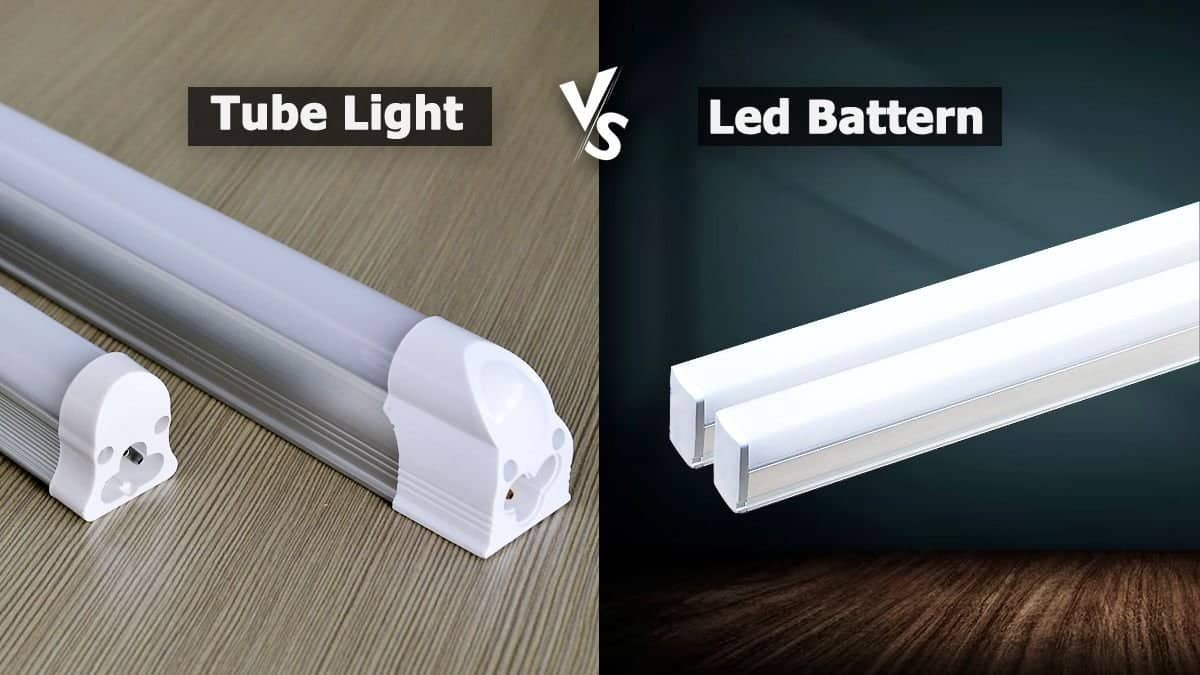Navigating the world of kitchen appliances can be a daunting task, especially when it comes to understanding the nuances between seemingly similar gadgets. A common dilemma faced by many is distinguishing the difference between a food processor and a mixer grinder. At a glance, they might appear interchangeable, both being indispensable tools designed to make food preparation easier.
However, a closer look reveals a variety of distinctions that set them apart in terms of functionality, versatility, and usage. This article aims to demystify the intricacies between these two essential kitchen appliances, shedding light on their unique features and capabilities.
Whether you are a seasoned chef or a home cook looking to upgrade your kitchen arsenal, understanding the key difference between food processor and mixer grinder will empower you to make an informed decision tailored to your culinary needs and aspirations. Let’s delve into the world of kitchen appliances and uncover what truly sets them apart.
Table of Contents
What is a Food Processor?
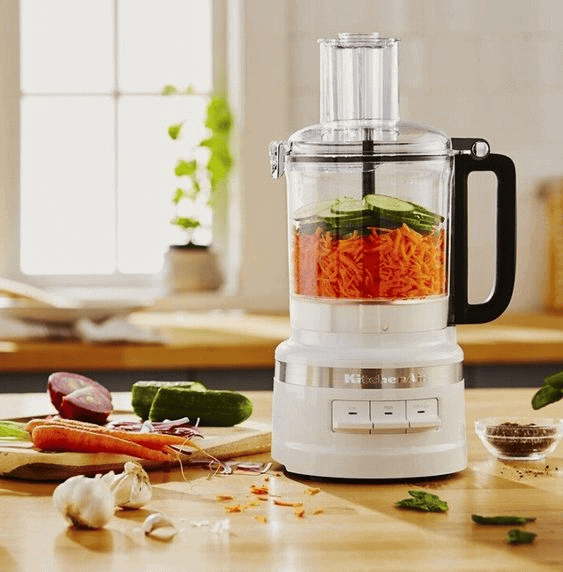
When it comes to culinary versatility, few kitchen tools can match the prowess of a food processor. Defined by its multifunctionality, a food processor is a kitchen wizard capable of executing various tasks.
From effortlessly chopping and shredding a medley of fruits and vegetables to kneading dough, a quality food processor emerges as an invaluable asset in the modern kitchen. Unlike its counterparts, such as the hand blender and vegetable chopper, which excel in specific domains, the food processor reigns supreme due to its all-encompassing capabilities.
Comprising four fundamental components – a sturdy base, a transparent plastic body, an assortment of interchangeable blades, and a protective lid – the food processor is engineered for culinary finesse.
The control panel, mounted on the base, offers an array of speed and pulse settings that facilitate precise control over processing outcomes. The expansive body of the processor accommodates larger food items with ease, while the tall feed chutes integrated within the lids allow for the seamless addition of ingredients while the machine is in motion.
Central to the food processor’s prowess are its versatile blade attachments. Tailored for tasks ranging from shredding and slicing to grating and mixing, these attachments empower culinary enthusiasts to explore various gastronomic possibilities. What sets the food processor apart is its adeptness at handling dry ingredients, a feat attributed to the functional design of its blades.
However, in blending liquids, the food processor encounters a slight limitation. The propensity of partially integrated wet materials to accumulate along the bowl’s edges, beyond the reach of the blades, renders them less adept at blending liquids compared to dedicated blenders.
Nevertheless, a food processor defies constraints regarding capacity – it can be brimful with ingredients and still function optimally, a feature that sets it apart from other blending appliances. In the grand tapestry of kitchen appliances, the food processor emerges as both a tool and a culinary companion, defying limitations and opening doors to a world of gastronomic creativity.
Why is My Food Processor Not Working
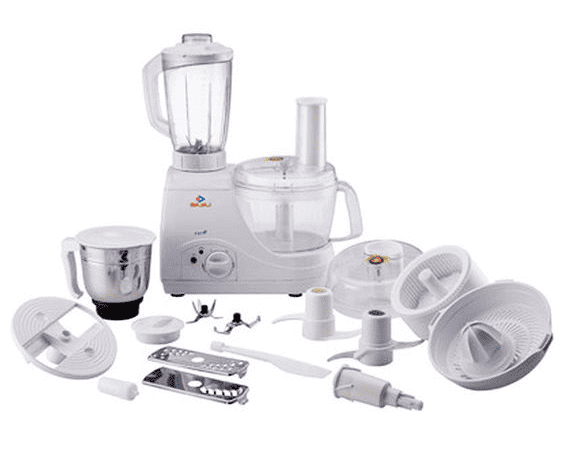
Encountering a non-functional food processor can be a frustrating culinary setback, often attributed to a range of common issues that can disrupt its seamless operation. Let’s delve into these issues to illuminate the potential causes behind a malfunctioning food processor.
- Improperly Plugged Food Processor: An improperly plugged food processor is a straightforward culprit. This might seem obvious, but overlooking this basic step can make the machine remain inert. Ensuring a secure connection to the power source is imperative to initiate its functions.
- Overheating: Another factor to consider is overheating. Like any mechanical device, a food processor can succumb to excessive heat if used continuously for extended periods. In such instances, thermal overload protection mechanisms might kick in, temporarily inoperating the appliance. It is vital to allow the machine to cool down before attempting to use it again.
- Misaligned Bowl & Lids: The alignment of the bowl and lid is crucial for the food processor’s proper functioning. A misaligned or improperly secured bowl and lid can trigger safety mechanisms that prevent the machine from starting. Double-checking the alignment and ensuring a snug fit is essential to avoid this issue.
- Locked Motor: A locked motor is another common snag hindering the food processor’s operation. This typically occurs when the safety mechanisms detect an anomaly, leading to a motor lockdown. Checking for any potential blockages, ensuring proper assembly, and allowing the machine to reset itself can often resolve this problem.
- Stuck Buttons: Stuck buttons can also contribute to the food processor’s unresponsiveness. Due to residue buildup or wear and tear, buttons can become jammed or unresponsive. Gently cleaning or troubleshooting the buttons can often revive the appliance’s functionality.
In the intricate web of culinary technology, these seemingly small issues can substantially affect a food processor’s performance. By being vigilant and addressing these common problems, users can ensure that their versatile kitchen companion continues to serve them efficiently and effortlessly.
How to Reset Food Processors?
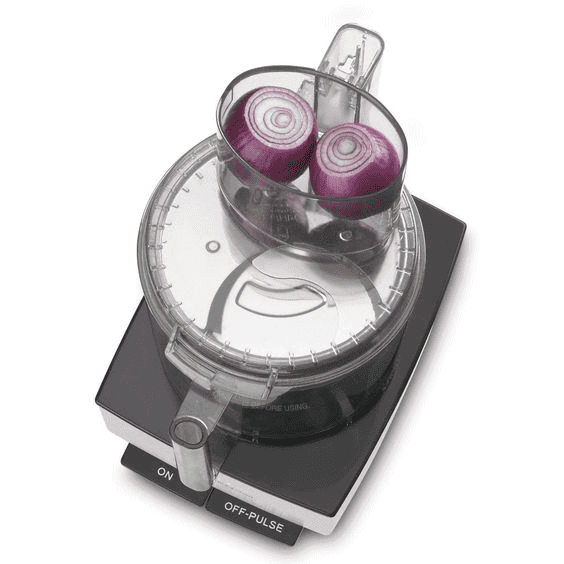
Resetting a food processor is a meticulous process that aids in resolving common issues. Adhering to safety measures is vital for a smooth reset. Here’s a concise guide:
- Identify the Issue: Diagnose the problem causing the malfunction – locked motor or overheating.
- Motor Lock Reset:
- If the motor is locked, find the off/pulse button on the control panel.
- Firmly press it to release the motor lock and restore functionality.
- Overheating Reset:
- For overheating, remove the bowl and disconnect from power.
- Wait 15-20 minutes to cool. Check bowl and lid alignment.
- Align the bowl with the base, ensure a snug fit, and reconnect.
- Power On and Test:
- Switch on the food processor after proper alignment.
- Test with desired settings, listening for unusual sounds.
Safety Precautions:
Unplug: Always unplug before resetting to prevent shocks.
Cool Down: Allow cooling for overheating issues to prevent damage.
Handle Carefully: Blades, bowls, and lids can be sharp or hot.
Align Correctly: Properly align the bowl and lid before reconnecting.
No Water: Avoid water contact with the base to prevent electrical hazards.
By following these steps and safety guidelines, you can troubleshoot and reset your food processor effectively, ensuring its reliability for culinary endeavours.
Pros & Cons of Food Processor
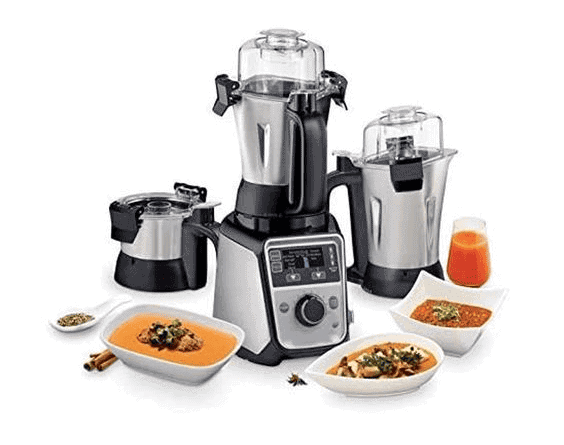
| Pros | Cons |
| Versatile kitchen appliance | Requires a large amount of space in the kitchen |
| Spacious | Doesn’t make a fine puree |
| Performs shredding, chopping, grating, slicing, mixing, and dough preparation | Not ideal for liquid drinks or soups |
| Saves time and energy while cooking | Consumes more electricity than mixers |
| Lower risk of hurting yourself with sharp blades compared to mixers | Can sometimes overcut vegetables and fruits |
| Facilitates making quick and healthy salads | Takes time to clean due to its larger size |
| Tends to make more noise than mixers |
Top 5 Food Processor
- KitchenAid KFC3516ER 3.5 Cup Mini Food Processor, 240 W
- Preethi Zion MG-227 Food Processor 750 W
- Bosch MCM3501M Food Processor, Black, 800 Watts
- Inalsa Food Processor Profession, Copper Motor, 1000 W
- Bajaj FX-1000 DLX Food Processor, 1000 W
What is a Mixer Grinder?

A mixer grinder is a kitchen essential that seamlessly combines convenience and functionality. This versatile appliance plays a pivotal role in cooking, producing smooth pastes and blends with finesse. From crafting delightful smoothies and pastes to batters, the mixer grinder commands attention.
What sets it apart from wet grinders and smoothie blenders is its ability to balance both mixing and grinding. Equipped with two jars – one small and another larger – this kitchen stalwart excels in finely grinding a variety of ingredients, including spices, pulses, and wet or dry substances.
Its defining feature lies in its adjustable speed, which gives it a leg up over conventional food processors. Whether crafting purees, smoothies, or batters, the ability to modulate the speed is invaluable. From gentle speeds for delicate purees to higher settings for grinding robust pulses and spices, the mixer grinder exhibits adaptability.
While it excels across multiple tasks, dedicated wet grinders may offer greater precision for significant grinding tasks, like soaked rice and lentils for dishes such as dosa and idli batter. Additionally, the prowess of a smoothie blender is evident when tackling frozen fruits and vegetables, delivering the creamiest textures.
Top-tier mixer grinders optimise energy use by operating at over 10,000 revolutions per minute. A staple in homes big and small, especially in India, they dominate grinding, mixing, and chutney preparation. With safety paramount, blades are securely encased, reducing the risk of accidents.
This versatile appliance typically comes with four jars, each designed for specific tasks – from batter grinding to chutney preparation. A slight odour might initially resemble burning wire, but it’s merely the varnish settling. With relatively low noise levels, the mixer grinder offers unmatched convenience.
The mixer grinder proves indispensable in a culinary world where efficiency meets innovation. Its ability to seamlessly merge mixing and grinding functions, alongside adjustable speeds, positions it at the forefront of modern kitchen appliances. The mixer grinder leverages tradition and technology to transform meal preparation into an inventive journey.
Causes of Mixer Grinder Not Working

Encountering mixer grinder issues can be puzzling, arising from various potential causes that disrupt its smooth operation. Let’s delve into these issues:
- Leakage From Jar: Leakage from the jar can halt the mixer grinder. This could result from a worn rubber gasket or an improperly sealed lid.
- Dull Blades: Mixer grinder efficiency hinges on sharp blades. Blunt blades impede grinding.
- Broken Coupler: A damaged coupler disrupts the motor-blade connection, rendering the mixer grinder non-operational.
- Electric Wire Damage: Damaged wires in the appliance or power cord can halt the mixer grinder.
Precautions:
Safety First: Unplug before troubleshooting to prevent shocks.
User Manual: Refer to the manual for model-specific guidance.
Professional Help: For uncertainty, seek a technician’s assistance.
By addressing these issues, you can often restore your mixer grinder’s functionality, keeping it an invaluable tool in your kitchen.
How to Fix Mixer Grinder Problems?
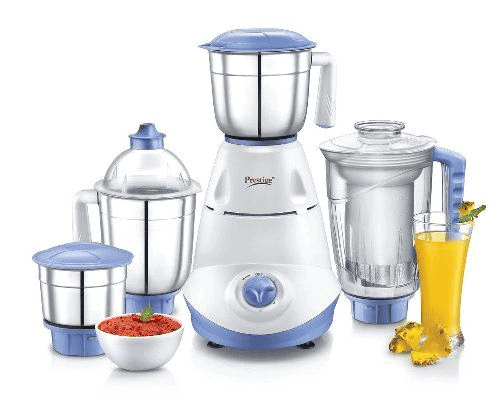
Addressing mixer grinder issues can be straightforward. Here’s a concise guide to resolving common problems:
- Loose Blade: Tighten loose blades with a screwdriver to ensure secure operation.
- Blunt Blades: Enhance efficiency by sharpening blades with rock salt. Add salt, run the mixer grinder, and repeat until sharp.
- Broken Coupler: Seek professional help to fix or replace a broken coupler, restoring the motor-blade connection.
- Damaged Electric Wire: Replace damaged wires with new ones to restore electrical connections.
Remember to unplug and follow safety precautions during any repair attempts.
Pros & Cons
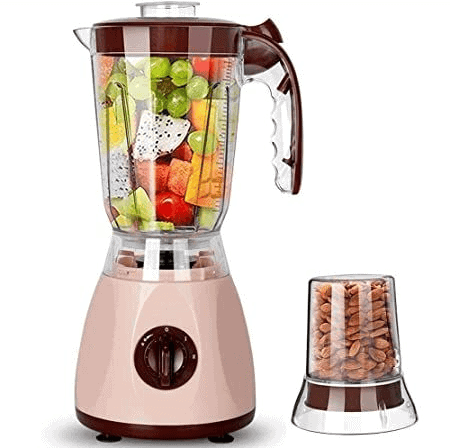
| Pros | Cons |
| Handles liquid items effectively | Difficult to remove processed food due to jar shape |
| Versatile equipment | Can get overheated with prolonged use |
| Control over food with different speed modes | May require holding the jar if the base isn’t stable |
| Easy to use compared to a food processor | Low noise, but still present, which can be irritating |
| Simple and clean processing of liquid items | |
| Time and energy-saving for large recipes | |
| Affordable price |
Difference Between Food Processor and Mixer Grinder
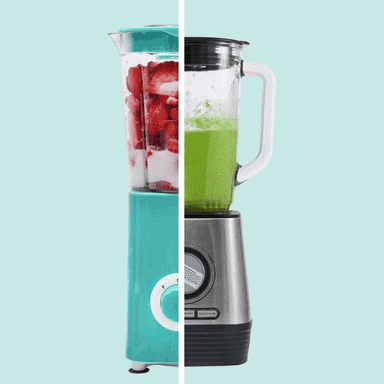
| Food Processor | Mixer Grinder | |
| Price | Expensive | Affordable |
| Popularity | Less popular | More popular |
| Power Consumption | Consume more electricity | Consumes less electricity |
| Blades | Different kinds, changeable for uses | Fixed blades, different jars for uses |
| Material | Unbreakable fibre/plastic bowls | Stainless steel |
| Cleaning | Difficult and messy cleaning | Easy cleaning |
| Functionality | Chopping, Slicing, Grating, Shredding | Whisking, Mixing, Kneading |
Comparing a food processor and a mixer grinder, key points highlighting their differences:
- Usability: A mixer grinder excels in making chutneys, smoothies, grinding, and liquidising food. However, a food processor offers broader functions, including slicing, shredding, kneading, and dough preparation, extending beyond the mixer grinder’s specialities.
- Design and Durability: Unlike a mixer grinder with fixed blades and various jars, a food processor takes up more space due to blades and accessories. Food processors enable blade changes with one bowl, while mixers have fixed blades and multiple jars. Material-wise, food processor bowls are often unbreakable polycarbonate, while mixer jars are usually stainless steel.
- Power Consumption: A food processor uses more power due to its versatility. A food processor uses 600 to 1000 watts, while a mixer ranges from 500 to 1000 watts, making the food processor more energy-intensive.
- Cost: Mixers are budget-friendly and common in British households, meeting basic cooking needs. Food processors are pricier due to extended features, justifying their higher cost.
- Limitations: A food processor can’t handle liquids, limiting use for smoothies, juices, or shakes, while a mixer handles grinding, mixing, pureeing, making batters, etc. But, a mixer falls short in slicing, chopping vegetables, and shredding—where a food processor excels.
- Maintenance: Cleaning a mixer grinder is easy due to the stainless steel, while food particles adhering to a food processor’s bowl can be tricky.
Considering these aspects helps choose between a food processor and a mixer grinder. Prioritising functions, space, power use, and cleaning ease guides your decision for an appliance that suits your cooking needs.
Top 5 Mixer Grinder
- Havells Aspro 4 Jar Mixer Grinder, 500W
- PHILIPS HL7777/00 Mixer Grinder, 750W
- Sujata Dynamix DX Mixer Grinder, 900W
- Hamilton Beach Professional Juicer Mixer Grinder 58770-IN, 1400 W
- AGARO Grand Professional Blender/Grinder/Mixer, 2000W
Also Read
- 10 Best Mixer Grinder In India to Buy in 2023
- 10 Best Air Fryers in India in 2023: An Expert Review
- 21 Kitchen Appliances Name Vocabulary in English
Verdict | Which Out of Food Processor vs. Mixer Grinder Is Better?

In summary, the decision between a food processor and a mixer grinder depends on individual cooking preferences. A food processor provides broad versatility for tasks like slicing, shredding, and dough preparation, making it ideal for those who enjoy culinary experimentation. On the other hand, a budget-friendly mixer grinder excels at fundamental tasks like making chutneys and smoothies, catering to simpler cooking needs.
For a comprehensive approach, a mixer grinder with a chopper jar effectively combines functions, optimising space. Your choice should mirror your cooking style and kitchen requirements, whether you prioritise the adaptability of a food processor or the convenience of a mixer grinder. If you have any further questions, feel free to comment or contact us.
FAQs
What is the main distinction between a food processor and a mixer grinder?
A food processor focuses on chopping, slicing, grating, and shredding, while a mixer grinder excels at mixing, blending, grinding, and making smoothies.
How do the energy consumption levels for both appliances differ?
Food processors consume more electricity due to diverse functions. Mixer grinders have lower power consumption. For details, refer to the blog post mentioned above.
Why are food processors more expensive than mixer grinders?
Generally, food processors are pricier due to their broader functions. Mixer grinders offer affordability and versatility.
Which appliance is more popular among households?
Mixer grinders are popular due to their affordability and versatility. Food processors appeal to those seeking specialised functions and culinary variety.


